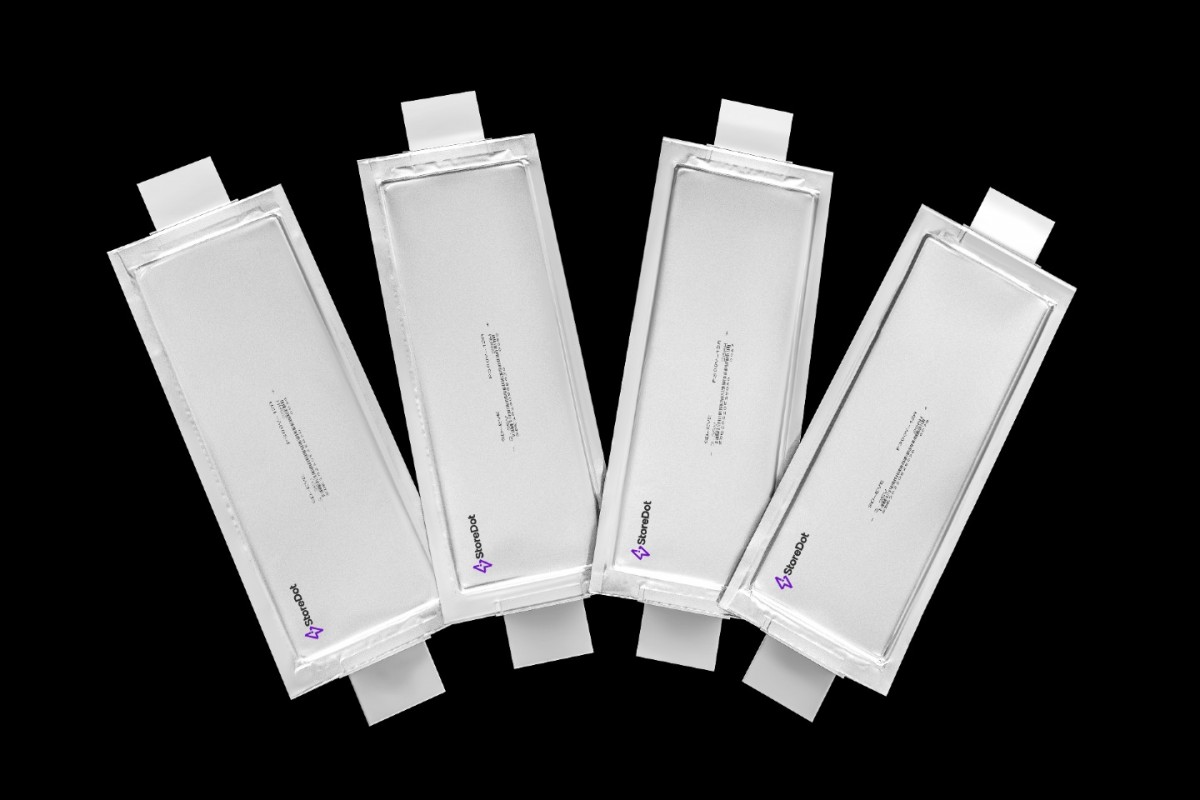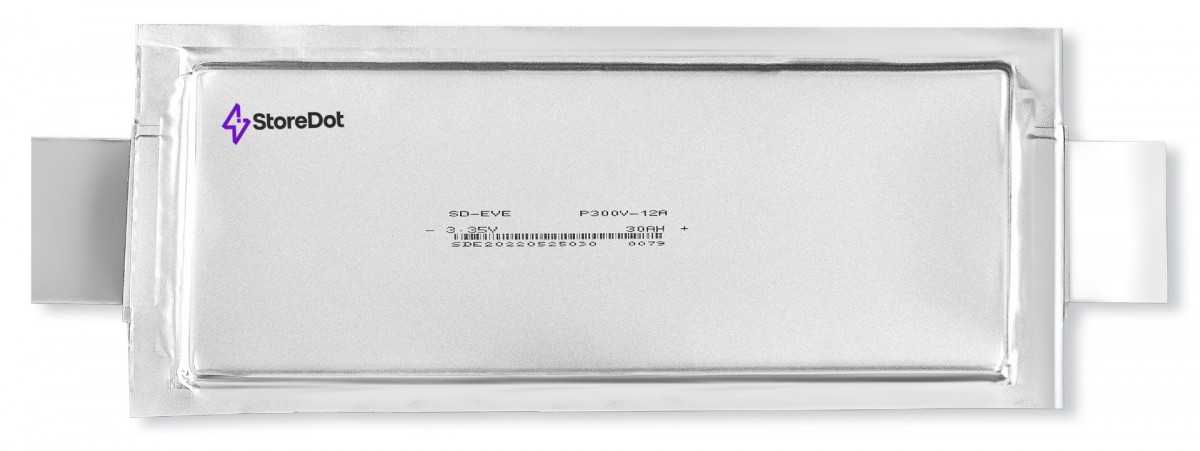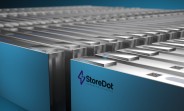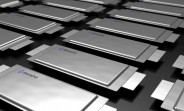StoreDot battery does 2,000 extreme fast charge cycles, retains over 80% capacity
StoreDot just achieved another milestone in its quest to commercialize its next-gen battery tech. The company's silicon-dominated batteries have endured a staggering 2,000 extreme fast charging (XFC) cycles while retaining over 80% of their original capacity.
Not only are StoreDot's battery able to complete a 10% to 80% charge in 10 minutes, but they have now been proven to exceed the industry standard for longevity.

The magic lies in silicon. StoreDot's batteries swap out traditional graphite for it, allowing them to handle the intense demands of what the company calls extreme fast charging (XFC). It's a significant leap, and investors clearly see the potential – Mercedes-Benz, Volvo, Polestar and VinFast are already backing the company.

Here's the exciting thing: StoreDot's not done yet. By 2026, it's targeting four-minute charges, with an eye towards three minutes by 2028.
Of course, getting this tech from the lab to your driveway is another big step the company needs to take, and it won't happen overnight. But StoreDot's progress is incredibly encouraging and we'll be keeping a close eye on it.
Reader comments
- Samath KTM rider
- U@N
You have a point, all that energy must come in a short time. Not to mention all this conversion, charging and discharging will itself waste huge amounts of energy. Plus, if you need many megawatts worth of batteries (fitting many different vehicl...
- Theonetruepath
- K6X
"getting this tech to your driveway" ... Hardly. To get this tech to your driveway involves over a megawatt for a four minute charge, nearly 1.5 for a three minute charge of a 70kWH battery. The only feasible way to do that is with a batter...




Facebook
Twitter
Instagram
RSS
Settings
Log in I forgot my password Sign up